What are they?
Drive by wire, DbW, by-wire, Steer-by-wire, Fly-by-wire or x-by-wire technology in the automotive industry is the use of electrical or electro-mechanical systems for performing vehicle functions traditionally achieved by mechanical linkages (Drive by wire – Wikipedia, 2021). You may have noticed more and more automotive components are becoming electronically controlled. As technological age advances, so too has our vehicles. Gone are the days of manufacturers producing carburetor engines, it is all EFI (Electronic Fuel Injection) or DPI (Direct port injection) and of course electric-powered vehicles becoming a the latest engineering development. You may ask yourself, why would manufacturers create all these sophisticated systems and which seemingly created more points of failure? These systems actually lessen troubleshooting time and allow mechanics/automotive technicians to more accurately diagnose issues. Simply plug in a scan tool into your vehicle’s diagnostic port, run a scan and watch the magic unfold before your eyes.How does it work?
The drive-by-wire actuator replaces your traditional throttle body and its throttle cable linkage, as well as your conventional throttle pedal. The ECU (Engine control Unit) synchronizes signals between the pedal and throttle body, allowing the exact volume of air to enter the engine by controlling the throttle blade based on the following variables: throttle position, engine speed and engine RPM. lade. This all happens within fractions of a second; totally unnoticed by the driver.What are the benefits?
Why would I want/need this fancy drive-by-wire technology? There are a myriad of benefits derived from going this route. First being the ECU’s ability to control both throttle pedal and throttle body. This allows for more precise air:fuel targeting which means better fuel economy and smoother transitions between acceleration and deceleration; which basically means better cruising and WOT (wide open throttle) driving experiences. It has some nifty fail-safe features as well. Don’t ever worry about your throttle blade becoming stuck or your throttle cable snapping while driving, the ECU will automatically place the engine in limp mode should any arise with either throttle body or pedal.For the Motorsport enthusiasts, drive-by-wire is one of the technologies used for traction control. The ECU measures wheel speed with engine RPM and correlates it to throttle position; even if your foot is flat on the throttle, the ECU will automatically control the throttle blade once your tires break loose. This saves significant amounts of time in a race and could ultimately be the decisive factor between a win or loss. Can you imagine trying to pedal it off the line while your competitor is already yards ahead of you?
What are the disadvantages?
With everything in life, there are pros and cons. So what are the cons? First off is cost. DbW throttle bodies are typically more expensive than their conventional counterparts. If you need to replace your throttle body, an OEM replacement is recommended; unless you can find a low-mileage throttle body from a salvage yard. The throttle pedal is also another point of failure. The bright side is, you don’t necessarily have to replace the entire unit, you can simply replace the sensor. If your ECU does not support drive-by-wire, you cannot use the technology. You need to find an standalone engine management system has has DbW capabilities and have it correctly (preferably professionally) wired in.
